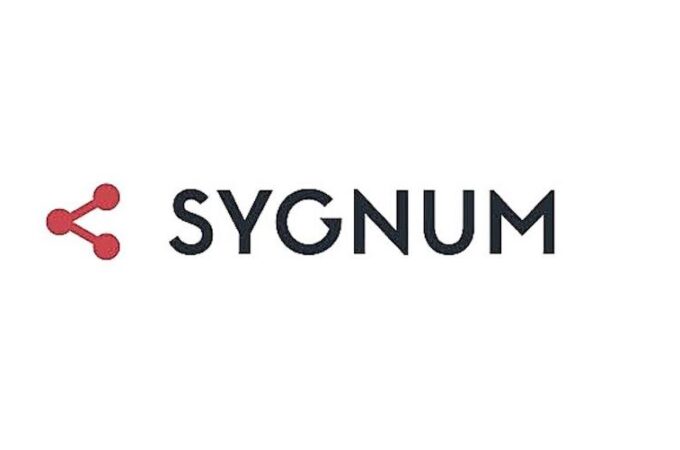
New entrants spark interest in teen banking in the U.S.
via Tearsheet
With the rise of challenger banks, we’ve seen two different approaches to growth. The first, employed by the largest challengers like N26 and Revolut, is a horizontal approach. These firms target pretty much everyone who’s comfortable with a digital bank. They position themselves as a substitute to customers’ traditional banking relationships by rebundling banking, lending, and investing services.
The other path is more niche, catering to a defined demographic and providing services attuned to their specific needs. For example, Joust serves self-employed workers and OakNorth attracts entrepreneurs with lumpy cashflow.
Teens and their parents are seeing a new swath of options, too. Paris-based PixPay just closed an investment round to help expand its replacement for pocket money. Banking the ‘pre’-banked’ is becoming increasingly popular as tools and services are being built to help parents and their children learn about money and control its spending and saving.
Of the 2.2 billion children globally under the age of 18, about half of them live in poverty. The United Nations believes youth banking provides a path toward economic power and freedom. Generation Z also wields $44 billion in buying power.
The challenge of creating a company in this space is monetization. Because the end clients are children, providers find it hard to charge traditional bank fees. That leaves interchange fees and subscription fees as the obvious foundation for revenue models. Some of the banks targeting teens offer loans or plan to offer them in the future, as well.
The big challenger banks have teen offerings. Starling has a teen bank account, as does Monzo. Revolut is working on a highly-anticipated product targeting teens called Youth. N26’s roots were in providing budgeting and spending tools for young people. Visa offers its own prepaid reloadable Buxx card targeting parents of teens. Most large U.S. banks provide a form of teen checking accounts.
In addition to PixPay, Kard is like a European challenger bank for teens. These firms join Osper, a popular long-time favorite used by parents to help their children save and spend.
Here are some noteworthy competitors in the teen banking space in the US
Step
Step claims it built a waitlist of over 500,000 in just a few months. The founder hails from Gyft, a gift card platform, which he sold to First Data.
Total raised: $23.6M
Investors: Stripe, Sesame Ventures, Crosslink Capital and Collaborative Fund
Bank partner:Evolve
Revenue model: Free app, monetize lending and interchange fees
Greenlight
Greenlight has received investment by some of the leading financial institutions in the US interested in its technology that allows parents to control where teen money is spent.
Total raised: $81.5M
Investors: Ally Financial, New Enterprise, SunTrust Bank, Amazon Alexa Fund, Drive Capital, Wells Fargo, JPMorgan Chase
Bank Partner: Community Federal Savings Bank
Revenue model: Free app, monetize lending and interchange fees
Current
Current looks to subscription fees to monetize its 400,000 young users
Total raised: $52.6M
Investors: QED, Fifth Third Capital, Wellington Management
Bank Partner: Metropolitan Commercial Bank
Revenue model: Subscription fee, monetize lending and interchange fees





